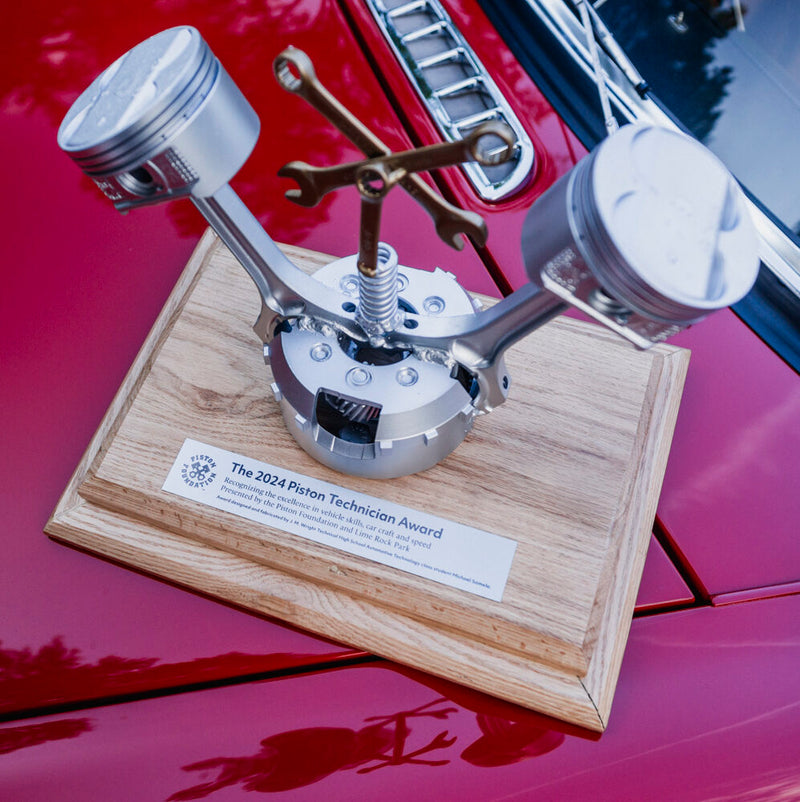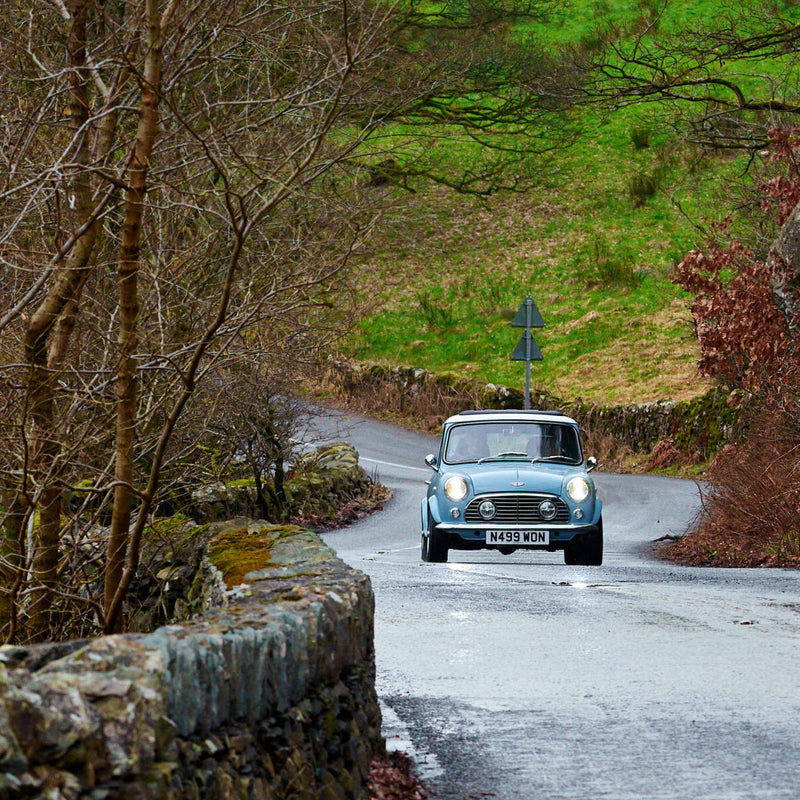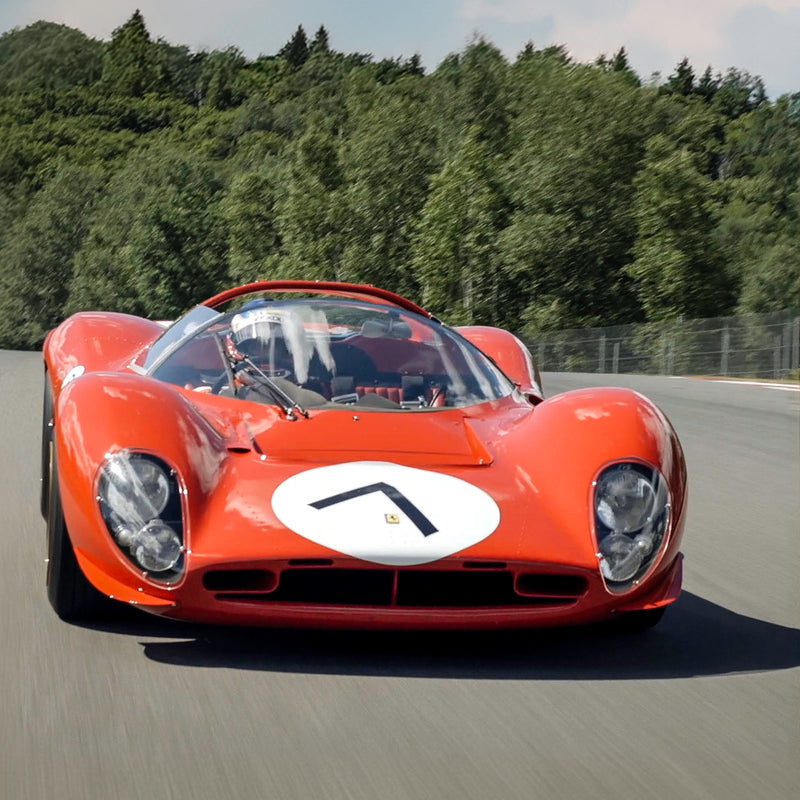Though lacking in the feedback department, the hydropneumatic suspension offers unparalleled ride quality not even the finest luxury brands can mirror. That’s just one of the many Citroën staples often acclaimed, but there are so many more hallmarks. It mastered variable steering, composite wheels, auto-adjusting rain-sensing wipers, and self-leveling swiveling headlights that corresponded to steering input. It was so far ahead of its peers, it’s amazing the rest of the world managed to catch up!


The French nameplate has offered a buffet of models to suit a large range of palates . Sure, they all stand deliciously independent, but from an aesthetics perspective, the DS is likely the most Citroën of them all. Now, the sedan is certainly collectable , the wagon is a unicorn, but the two-door convertible? Now, that just adds another dash of obscurity I think we all can appreciate.
Take this 1966 Citroën DS21 Décapotable for example. That name,Décapotable , has there ever been a cooler direct translation of “convertible”? “Decapitate” is the first thing that comes to mind, which is actually the story behind this originally standard DS21 sedan.
The Citroën DS was built on such a sturdy chassis that its body panels were essentially just aesthetic covers rather than integral structural components. This gave coachbuilder Chapron a perfect platform to build bespoke convertibles.
Initially, Chapron attempted to convince Citroën into making a deal, but Citroën denied an official production partnership. However, Chapronwas able to purchase DS models post-production and hack their lids off.
Which is exactly what it did here. Unsurprisingly, the expenses associated with purchasing new DS and turning them into custom drop-tops wasn’t exactly the cheapest solution, but Chapron did it anyway, and the world is better for it. In all, only an estimated 1,365décapotable Chapron customs were made, of which less than 500 were DS21—making an authentic DS21 Décapotable both rare and a bit pricey in the collection realm (more than twice this imposter’s estimated selling price).


This DS21 started out life like all Décapotables did—as a standard DS21.
Here’s the catch: this isn’t one of those scarceFrenchy custom Chapron cloth-tops—this is someone else’s rendition. Now before you go allpurist on me, remember that none of the original Décapotable were really official Citroën models. The way I see it, this “black-market-plastic surgery” example shouldn’t be dismissed as “unworthy” without taking a closer look.
If the pictures are anything to go by, it doesn’t appear to be amiss—though, no name is credited with the scalping and we’d call our Citroën-minded friends for a second opinion before making a bid. As it sits now, it looks like a near-identical recreation to that of an authentic Chapron built “originals.” If we can accept fiberglass “Shelby Cobras,” I think thisreal DS21 made to mimic a period-correct custom can get a pass—though perhaps not quite at its current estimate.


Under the bonnet putters a 2,175-cc four-cylinder orchestrated by a three-speed automatic transmission. The car features piped seats, a radio, power steering and brakes, and the factory plush hydropneumatic suspension these cruisers are praised for.
Even if it’s not an authentic Chapron Décapotable, it’s still a Citroën DS21 convertible, and how can anyone blow their lid over that?
Specifications ~139 horsepower, 2,175 cc four-cylinder, three-speed automatic transmission, hydropneumatic suspension, front disc and rear drum brakes. Wheelbase: 123 in.
Vehicle information Chassis no.: 4374339


Photography Courtesy of Auctions America




















































